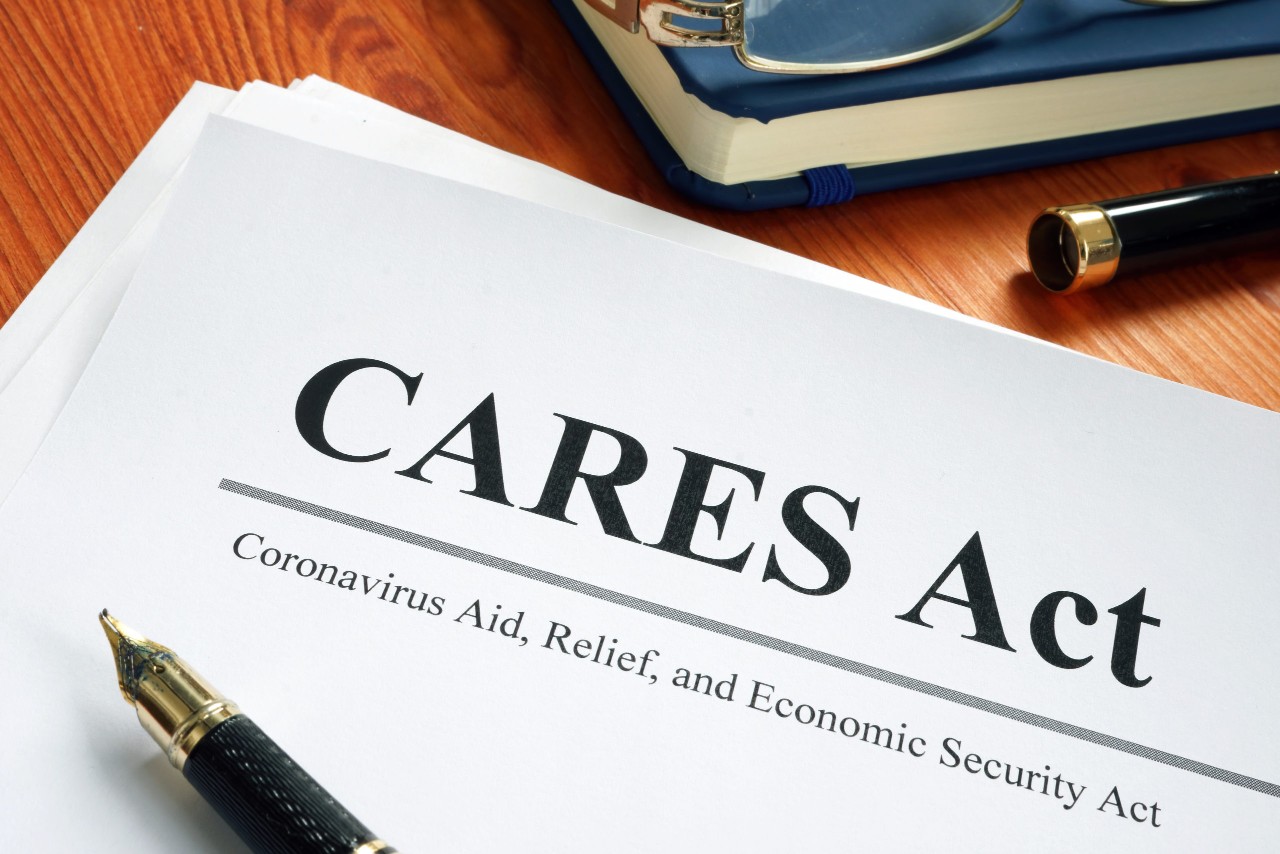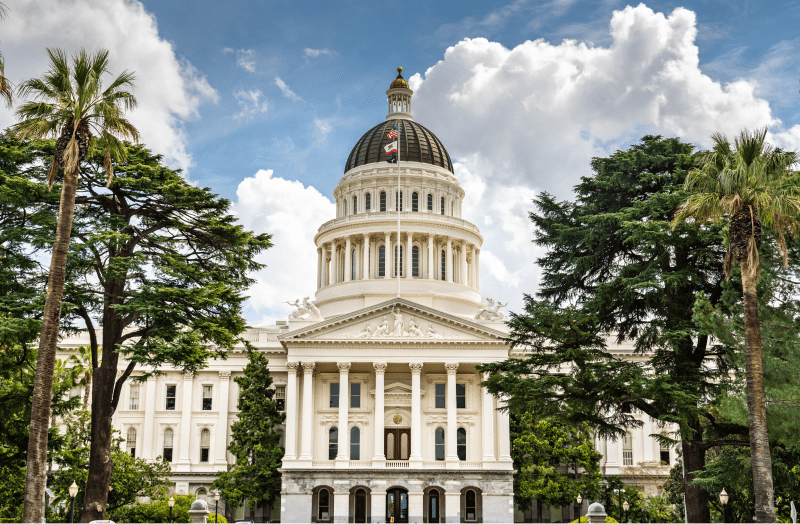April 20, 2020
This blog reflects food assistance policy updates as of April 20, 2020. Because policies continue to change in response to COVID-19, please check the California Food Policy Advocates COVID-19 resources page for the latest updates. You can find the latest food policy priorities here.
Food assistance needs are escalating rapidly across our communities in the Bay Area and Hawaiʻi because of the COVID-19 health pandemic. Community-based organizations are on the front lines, ensuring no one in our communities has to go hungry during this challenging time. Stupski is committed to supporting our community partners and promoting food security during the pandemic and beyond.
On April 8, we hosted a Food Policy Virtual Town Hall with food policy experts from California Food Policy Advocates to discuss the changes to and challenges for food assistance programs in California due to COVID-19.
Below are key takeaways from the town hall on federal food assistance policies and state policies for Californians. You can access the full recording here and the presentation deck here. You can also access Q&A responses to questions submitted via the chat here.
The CARES Act provides additional funding and flexibility to food assistance programs.

On March 27, 2020, Congress passed the Coronavirus Aid, Relief, and Economic Security (CARES) Act, and President Trump signed it into law. The law provides additional funding and flexibilities for federal nutrition programs (overseen by the USDA) and creates new anti-hunger resources to bolster food assistance for low-income Americans during COVID-19.
For example, the CARES Act gives the USDA authority to issue waivers that allow for individual grab-and-go style meals (outside of the typically mandated group-style congregate meal setting) in the Children and Adult Care Food Program and the National School Lunch Program. This allows schools to provide grab-and-go meals for children and their families who rely on school lunches for nutrition during the week. It also allows programs to deliver home meals to individuals who are more likely to experience serious health complications from COVID-19, like older adults and people with underlying health conditions.
The CARES Act also provides $500 million in additional funding for the Women, Infants, and Children (WIC) program and waives the in-person physical presence requirement to receive WIC benefits so families can easily access the foods they need at the grocery store.
The CARES Act further provides an additional $400 million to support increased distribution of food at food banks across the country.
For a full list of actions federal and state lawmakers have made to food assistance programs, visit CFPA’s nutrition programs flexibilities tracker here.
Advocates are pushing for the next stimulus package to fill gaps.
Congress is currently working on another stimulus package to support communities during the pandemic. Food security advocates are pushing for the next stimulus package to go even further to ensure individuals and families have access to nutritious foods amidst school and office closures, spikes in unemployment, and shelter-in-place ordinances.
For example, while the CARES Act allows state agencies to increase Supplemental Nutrition Assistance Program (SNAP) benefits up to the max allotment for all families, it does not increase overall funding for the program, which provides nutrition benefits to supplement the food budget of millions of lower-income families. California Food Policy Advocates and its allies are pushing for Congress to include the following changes to SNAP in the next stimulus package:
- Increase the maximum monthly allotment for the neediest families
- Increase the minimum monthly SNAP benefit from $16 to $30
- Suspend administrative actions that would eliminate or weaken SNAP benefits
The CARES Act also leaves out our immigrant communities, who experience some of the highest rates of food insecurity across California. Food security advocates are pushing Congress to ensure states have the flexibility and necessary resources to support immigrants and their families during these uncertain times.
To learn more about food policy gaps in the CARES Act and the next stimulus package, visit here.
California has taken swift action to promote food security.

California is leading the way to promote food security during the crisis. Before the legislative recess, legislators in California authorized Governor Newsom to spend up to $1 billion for COVID-19 emergency response. Newsom also signed an executive order allowing California schools to retain state funding during school closures on the condition that they make school meals available to students in noncongregate settings, such as grab-and-go and delivered meals. Newsom likewise signed an executive order to make accessing CalFresh, SNAP in California, benefits easier by removing administrative barriers. For example, the order prevents current beneficiaries from being cut off due to failure to complete and submit paperwork on time. This is an important step, because CalFresh has reportedly received a record 94,000 applications for the program per week, up from 30,000 applications this time last year.
To learn more about recent food policy shifts in California, visit here.
The Stupski Foundation is committed to helping our partners weather this storm through investments, knowledge sharing, and collaboration with peer funders. Sign up for our email newsletter to stay up to date on our food security work.
For resources shared during the virtual town hall, visit California Food Policy Advocates’ COVID-19 resources page and share the information with your communities. You’ll find food policy resources specific to young children here, school-aged children here, older adults here, and immigrants here. For CFPA’s latest policy updates, you can subscribe to their newsletter here.


